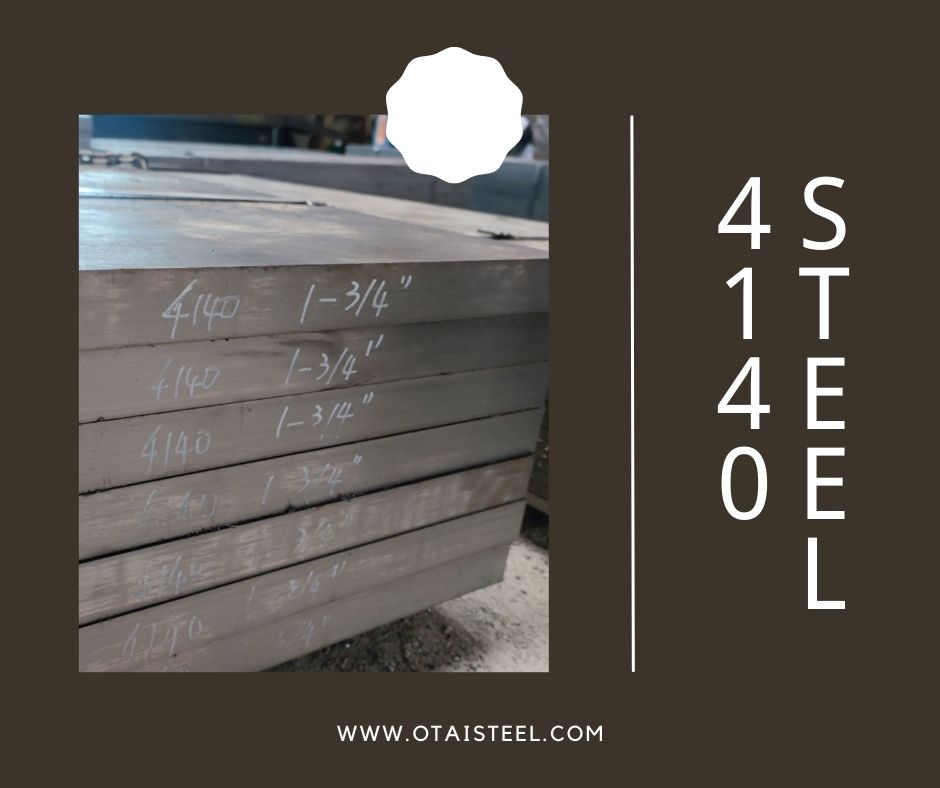In the realm of hydraulic and pneumatic systems, the choice of materials is crucial to ensure optimal performance, durability, and reliability. One material that has gained significant popularity in the production of such components is 4140 steel. Its exceptional properties make it suitable for a wide range of applications in hydraulic and pneumatic systems.
Hydraulic Components Made from 4140 Steel
The application of 4140 steel in hydraulic systems is extensive. It is commonly used in the production of various hydraulic components, including:
- Cylinders: 4140 steel cylinders offer exceptional strength, allowing them to withstand high pressures and provide reliable performance.
- Pistons: Pistons made from 4140 steel exhibit excellent wear resistance and durability, ensuring smooth and efficient operation within hydraulic systems.
- Shafts: 4140 steel shafts provide the required strength and torsional rigidity for transmitting power in hydraulic applications.
- Valve Bodies: The high machinability of 4140 steel makes it an ideal material for manufacturing valve bodies, ensuring precise control and efficient fluid flow.
Pneumatic Components Made from 4140 Steel
Similarly, in pneumatic systems, 4140 steel finds its application in various components, including:
- Air Cylinders: Pneumatic air cylinders made from 4140 steel offer the necessary strength and reliability for generating linear motion in pneumatic systems.
- Piston Rods: 4140 steel piston rods provide excellent corrosion resistance and wear properties, ensuring smooth operation and extended service life.
- Fittings and Connectors: 4140 steel fittings and connectors are commonly used in pneumatic systems due to their durability, leak-free connections, and resistance to high pressures.
Advantages of Using 4140 Steel
The use of 4140 steel in hydraulic and pneumatic components offers several advantages, including:
-
- High Strength-to-Weight Ratio: 4140 steel provides exceptional strength while maintaining a relatively low weight. It makes it suitable for applications that require lightweight yet robust components.
- Corrosion Resistance: The alloying elements in 4140 steel contribute to its corrosion resistance, ensuring longevity and reliability in corrosive environments.
- Versatility: 4140 steel can be easily heat treated to enhance its properties further, allowing for customization based on specific application requirements.
- Cost-Effectiveness: The availability and relatively low cost of 4140 steel make it an economically viable choice for manufacturing hydraulic and pneumatic components.
Hydraulic and pneumatic systems benefit from the properties of 4140 steel, ensuring reliable and efficient operation. By utilizing this versatile steel, manufacturers can enhance the performance and longevity of their hydraulic and pneumatic components. (4140 steel in the production)
